Deep sea mining is a process of extracting valuable minerals, metals and other resources from the ocean floor. It is considered as an alternative to land-based mining, which is becoming increasingly difficult due to environmental concerns and depletion of resources. The deep sea floor is believed to contain vast deposits of minerals and metals, including copper, nickel, cobalt, manganese, and rare earth elements. The process of deep sea mining involves the use of specialized vehicles and equipment to extract the resources and bring them to the surface.
There are several challenges associated with deep sea mining, including the extreme conditions of the deep ocean environment, such as high pressure and complete darkness, which make it difficult to design and operate mining equipment. Additionally, deep sea mining also has potential environmental impacts, such as the destruction of deep sea habitats and the release of minerals and pollutants into the ocean.
Despite these challenges, deep sea mining is expected to grow in the coming years as demand for minerals and metals continues to increase. Companies and governments are investing in research and development of new technologies to overcome the challenges and make deep sea mining more efficient and environmentally sustainable.
Deep Sea Mining
Deep sea mining is a process of extracting minerals and other resources from the ocean floor. The ocean floor is believed to contain vast deposits of valuable minerals and metals, including copper, nickel, cobalt, manganese, and rare earth elements. These resources are becoming increasingly important as demand for technology and renewable energy continues to grow.
The process of deep sea mining typically involves the following steps:
- Exploration: The first step in deep sea mining is to explore the ocean floor to identify areas with high concentrations of minerals. This is typically done using remote sensing technologies, such as submersible robots, sonar, and deep-tow imaging systems.
- Environmental Assessment: Once potential mining sites have been identified, an environmental assessment is performed to determine the potential impacts of mining on the surrounding ocean and its ecosystems.
- Mining Equipment: The next step is to design and build specialized mining equipment capable of operating in the harsh and remote conditions of the deep ocean. This equipment includes submersibles, remotely operated vehicles (ROVs), and deep-sea mining machines.
- Mining Operation: The mining operation involves the use of specialized equipment to extract minerals from the ocean floor and bring them to the surface. This process can include the use of cutting and grinding tools, suction, and/or excavation of the mineral-rich sediment.
- Transport and Processing: The extracted minerals are then transported to shore and processed to extract the valuable components. This process can involve a variety of methods, including crushing, grinding, and chemical processing.
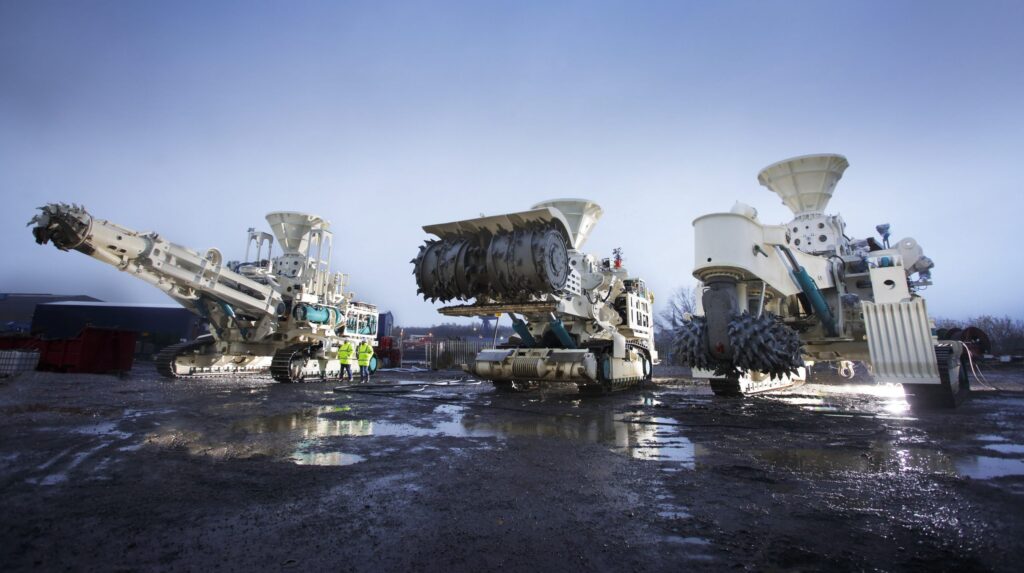
There are several challenges associated with deep sea mining, including the extreme conditions of the deep ocean environment, the difficulty in designing and operating mining equipment, and the potential environmental impacts of the mining operation. The deep ocean is characterized by extreme pressure, complete darkness, and cold temperatures, which make it challenging to design and operate mining equipment. Additionally, the deep sea is home to unique and fragile ecosystems, and the extraction of minerals from the ocean floor has the potential to disrupt these ecosystems and release pollutants into the ocean.
Despite these challenges, deep sea mining is expected to grow in the coming years as demand for minerals and metals continues to increase. Companies and governments are investing in research and development of new technologies to overcome the challenges and make deep sea mining more efficient and environmentally sustainable. However, the industry is still in its early stages, and there are many regulatory, technical, and environmental challenges that must be addressed before deep sea mining can become a widespread practice.
Process
The process of deep sea mining typically involves the following steps:
- Exploration: The first step in deep sea mining is to explore the ocean floor to identify areas with high concentrations of minerals. This is typically done using remote sensing technologies, such as submersible robots, sonar, and deep-tow imaging systems. These technologies can provide detailed information about the location, size, and quality of mineral deposits on the ocean floor.
- Environmental Assessment: Once potential mining sites have been identified, an environmental assessment is performed to determine the potential impacts of mining on the surrounding ocean and its ecosystems. This assessment typically includes studies of the physical, chemical, and biological conditions of the ocean, as well as the species and habitats that are present.
- Mining Equipment: The next step is to design and build specialized mining equipment capable of operating in the harsh and remote conditions of the deep ocean. This equipment includes submersibles, remotely operated vehicles (ROVs), and deep-sea mining machines. These machines are designed to extract minerals from the ocean floor and bring them to the surface.
- Mining Operation: The mining operation involves the use of specialized equipment to extract minerals from the ocean floor and bring them to the surface. This process can include the use of cutting and grinding tools, suction, and/or excavation of the mineral-rich sediment. The extracted minerals are then typically transported to the surface in bulk containers or transported to a processing facility for further treatment.
- Transport and Processing: The extracted minerals are then transported to shore and processed to extract the valuable components. This process can involve a variety of methods, including crushing, grinding, and chemical processing. The processed minerals are then packaged and transported to market.
Throughout the process of deep sea mining, strict environmental controls are put in place to minimize the impact of the mining operation on the ocean and its ecosystems. This may include measures such as limiting the amount of sediment that is disturbed, minimizing the release of pollutants into the ocean, and monitoring the impacts of the mining operation on the surrounding environment.
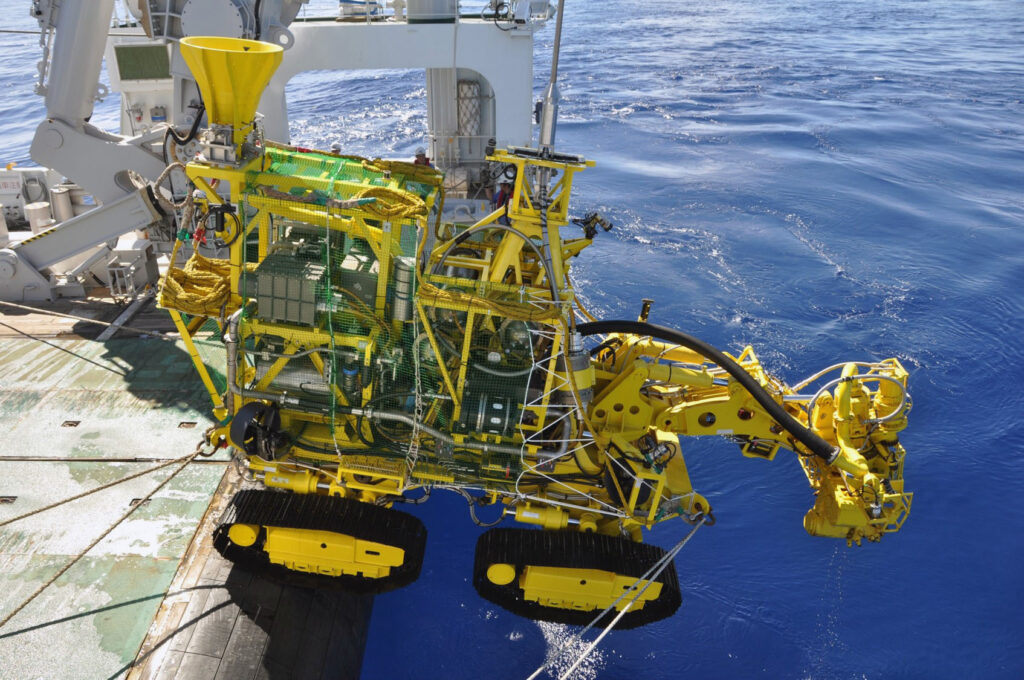
It is important to note that deep sea mining is still in its early stages and many technical, regulatory, and environmental challenges must be addressed before it can become a widespread practice. The industry is also subject to a range of environmental regulations and international agreements aimed at protecting the ocean and its ecosystems.
Challenges
Deep sea diving, especially for the purpose of mining, poses several significant challenges. Some of the key challenges are:
- Extreme conditions: The deep sea is characterized by extreme pressure, complete darkness, and cold temperatures, which make it challenging to design and operate mining equipment. The mining equipment must be able to withstand the high pressure, and the miners must be able to operate it safely in complete darkness.
- Technical difficulties: Designing and operating mining equipment in the deep sea is a complex and challenging process. The equipment must be able to function reliably in the harsh environment of the deep sea, and must be able to extract minerals efficiently and effectively.
- Environmental impacts: Deep sea mining has the potential to disrupt fragile ecosystems and release pollutants into the ocean. It is important to assess and minimize the environmental impacts of deep sea mining to protect the ocean and its ecosystems.
- Lack of infrastructure: The deep sea is a remote and inhospitable environment, and there is a lack of infrastructure to support mining operations. This includes port facilities, transport infrastructure, and support services.
- Cost: Deep sea mining is a complex and expensive process, and the cost of mining operations can be high. The high cost is due to the expensive equipment required, the high cost of transportation, and the cost of processing the minerals once they are extracted.
- Regulatory challenges: The industry is subject to a range of environmental regulations and international agreements aimed at protecting the ocean and its ecosystems. These regulations can be complex and challenging to navigate, and companies must ensure that they are in compliance with all applicable regulations to avoid penalties and fines.
- Social and cultural issues: There may also be social and cultural issues associated with deep sea mining, such as concerns about the impact of the mining operation on local communities and fishing activities.
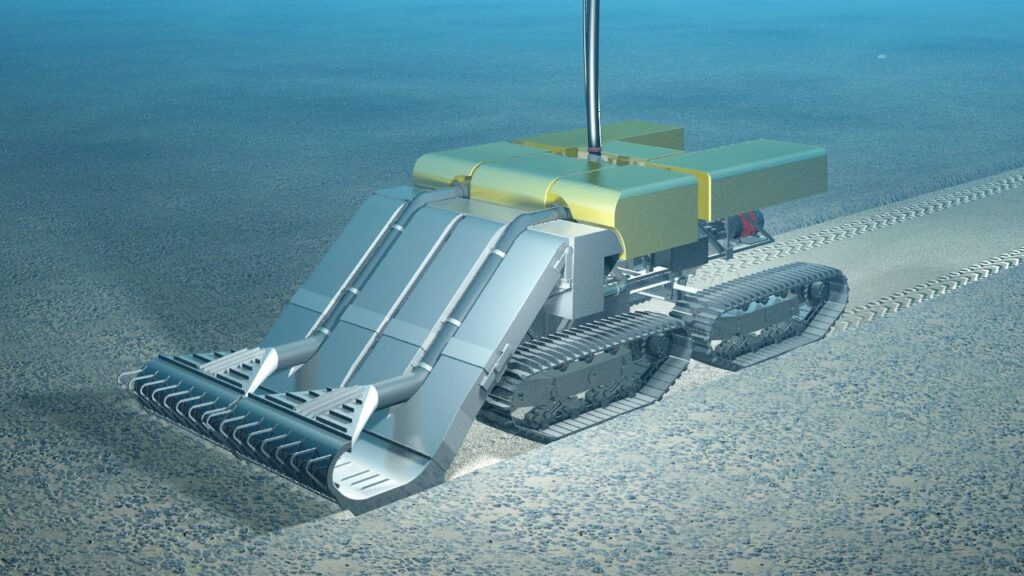
Despite these challenges, deep sea mining is expected to grow in the coming years as demand for minerals and metals continues to increase. Companies and governments are investing in research and development of new technologies to overcome the challenges and make deep sea mining more efficient and environmentally sustainable.
Future Prospects
The future prospects of deep sea mining are still uncertain and dependent on several factors, including technological advancements, the availability of resources, and the resolution of regulatory and environmental challenges. However, here are some of the key trends and potential future prospects for the industry:
- Technological advancements: The development of new technologies for deep sea mining is expected to continue, which could make the process more efficient, cost-effective, and environmentally sustainable. For example, improvements in remote sensing and deep-sea mining equipment may make it possible to locate and extract minerals in previously inaccessible areas of the ocean.
- Increased demand for minerals: The increasing demand for minerals and metals is expected to drive the growth of the deep sea mining industry in the coming years. The growing use of technology in various industries, such as electronics, renewable energy, and infrastructure, is expected to increase the demand for minerals such as copper, nickel, cobalt, and manganese, which are commonly found in the deep ocean.
- Environmental concerns: There are concerns about the potential environmental impacts of deep sea mining, including the disruption of fragile ecosystems and the release of pollutants into the ocean. To address these concerns, governments and industry organizations are developing regulations and guidelines to minimize the environmental impacts of deep sea mining and ensure that it is done in a responsible and sustainable manner.
- Regulatory challenges: The deep sea mining industry is subject to a range of environmental regulations and international agreements aimed at protecting the ocean and its ecosystems. Companies must navigate these regulations and comply with all applicable laws to avoid penalties and fines.
- Competition with terrestrial mining: Deep sea mining faces competition from terrestrial mining, which is typically less expensive and has a lower environmental impact. Companies must consider the cost and benefits of both deep sea and terrestrial mining when making investment decisions.
Overall, the future prospects of deep sea mining will depend on a combination of technological advancements, demand for minerals and metals, and the resolution of regulatory and environmental challenges. While there are significant challenges to be overcome, the potential benefits of deep sea mining, including the access to new and abundant mineral resources, suggest that it will continue to play a role in the global mining industry in the coming years.

Conclusion
In conclusion, deep sea mining holds significant potential as a source of minerals and metals, but it also presents significant challenges, including the harsh deep-sea environment, technical difficulties, environmental impacts, and regulatory hurdles. Despite these challenges, the increasing demand for minerals and metals is expected to drive the growth of the deep sea mining industry in the coming years, and the development of new technologies may make the process more efficient and sustainable. The future prospects of deep sea mining will depend on the successful resolution of these challenges and the continued advancement of the industry.
To ensure that deep sea mining is conducted in a responsible and sustainable manner, it is important for governments and industry organizations to work together to minimize its environmental impacts and ensure that it is done in compliance with all relevant regulations and international agreements. The development of new technologies and the continued advancement of the industry will also be key to its success and will help to overcome the challenges and unlock the potential of deep sea mining as a source of minerals and metals.





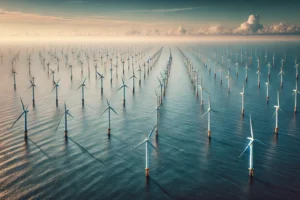

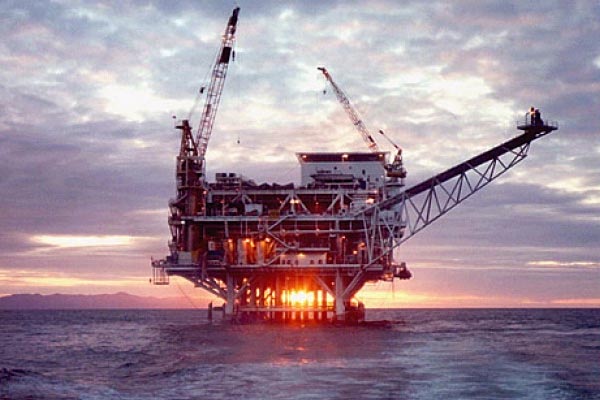




of course like your web-site but you have to test the spelling on quite a few of your posts. Many of them are rife with spelling problems and I to find it very troublesome to inform the reality then again I?¦ll definitely come back again.